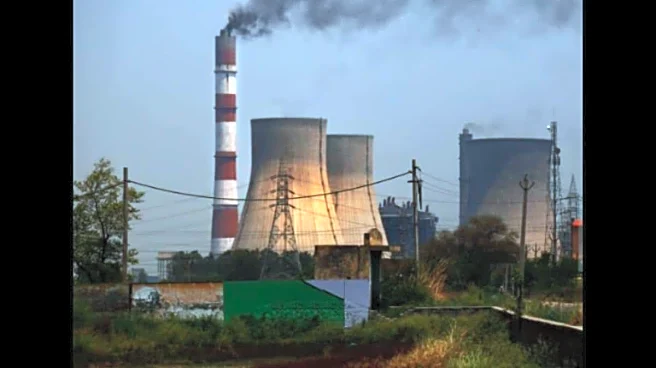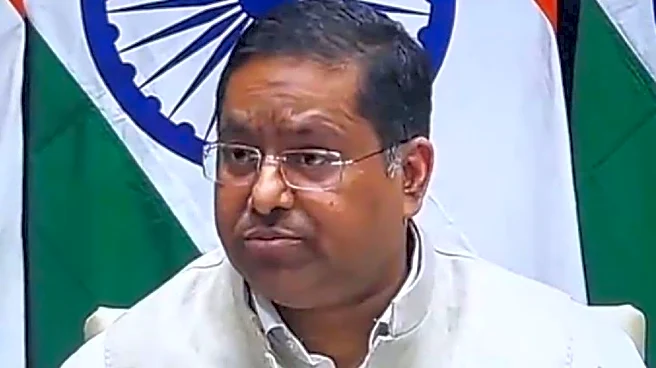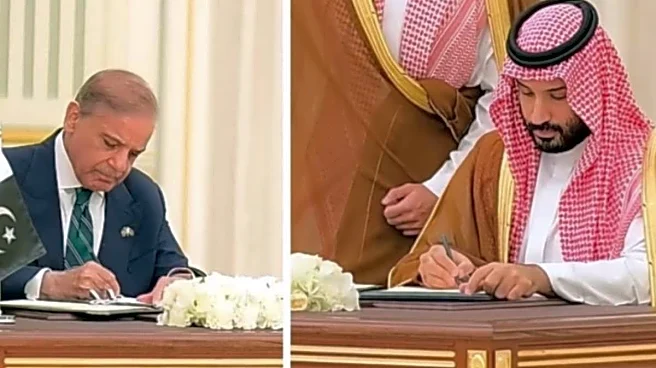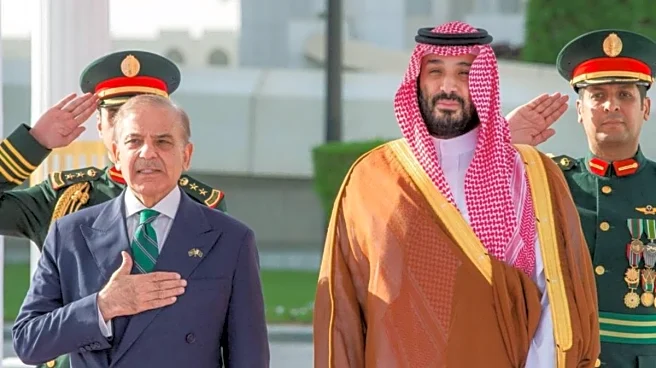What is the story about?
India’s capital expenditure (capex) is expected to grow steadily over the medium term, with power, defence, and Middle East orders emerging as the key drivers, according to Atul Tiwari, Executive Director of India Industrials, Electric Utilities & Infrastructure at JPMorgan.
While concerns have surfaced that recent GST reforms could divert funds from industrial capex towards consumption, Tiwari believes the overall capex growth remains on track. “Our view is that over the medium term, the broader capex in India should be able to grow in line with nominal GDP at about 10%,” he said, highlighting the ongoing government focus on infrastructure creation.
Tiwari added that private sector balance sheets, particularly in the power value chain—covering thermal, renewable, and transmission—would continue to support capex growth. “That part of the capex, because it is being funded through private balance sheets, will remain intact,” he noted.
Looking at the near-term outlook, Tiwari said the government’s budgeted capex growth for this year is about 10–11%, with early data showing strong year-on-year performance in the first quarter.
From a sectoral perspective, power-related projects and defence expenditure are expected to remain structural growth areas. On the international front, order inflows from the Middle East have expanded beyond Saudi Arabia, with countries such as Qatar and Kuwait contributing to strong activity. “Until about last year, that activity was concentrated in countries like Saudi Arabia. But we have seen in the order inflows of some of the larger names that the activity has expanded beyond Saudi Arabia,” Tiwari explained.
Watch accompanying video for entire conversation.
While concerns have surfaced that recent GST reforms could divert funds from industrial capex towards consumption, Tiwari believes the overall capex growth remains on track. “Our view is that over the medium term, the broader capex in India should be able to grow in line with nominal GDP at about 10%,” he said, highlighting the ongoing government focus on infrastructure creation.
Tiwari added that private sector balance sheets, particularly in the power value chain—covering thermal, renewable, and transmission—would continue to support capex growth. “That part of the capex, because it is being funded through private balance sheets, will remain intact,” he noted.
Looking at the near-term outlook, Tiwari said the government’s budgeted capex growth for this year is about 10–11%, with early data showing strong year-on-year performance in the first quarter.
From a sectoral perspective, power-related projects and defence expenditure are expected to remain structural growth areas. On the international front, order inflows from the Middle East have expanded beyond Saudi Arabia, with countries such as Qatar and Kuwait contributing to strong activity. “Until about last year, that activity was concentrated in countries like Saudi Arabia. But we have seen in the order inflows of some of the larger names that the activity has expanded beyond Saudi Arabia,” Tiwari explained.
Watch accompanying video for entire conversation.
Do you find this article useful?
/images/ppid_59c68470-image-175853505363756955.webp)

/images/ppid_59c68470-image-175827261325422275.webp)
/images/ppid_59c68470-image-175830009154463037.webp)



/images/ppid_59c68470-image-175852264082835810.webp)



/images/ppid_59c68470-image-175838513561660073.webp)

/images/ppid_a911dc6a-image-175828384431194328.webp)


